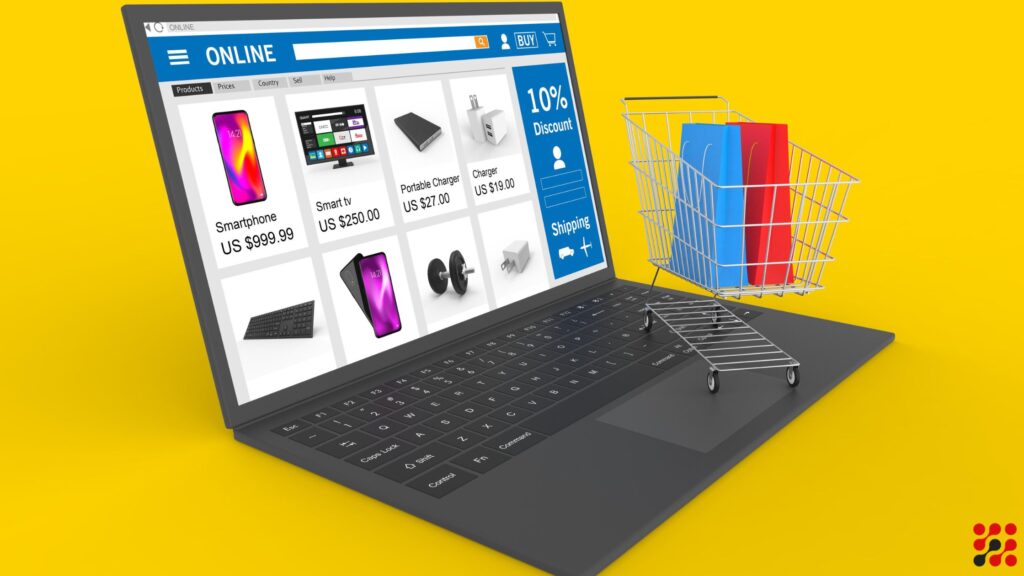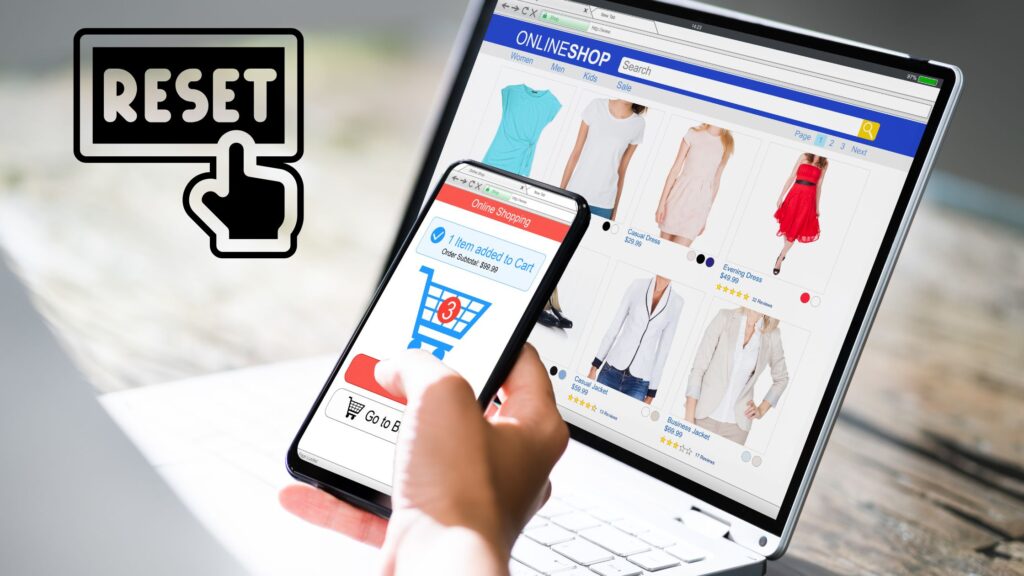Each time you Google search a product with different keywords, you will find several new websites on the first page.
It is the same case when you open your social media accounts, specifically Facebook. Internet users are faced with new e-commerce sites each time in the form of Google ads.
An interesting article, written by Omer Rachamim, founder of Dandy Loop, published by Internet Retailer, says that there are around twelve to twenty-four million online stores, “but only 650,000 generate annual sales of more than $1,000.”
The global e-commerce market is $ 24 trillion in size (2015), And growing at a fast pace, around 6.6% in 2015. But, according to the US Census Bureau, only 7% of retail sales are done on the Internet.
Isn’t it surprising? Surprising in the way that we know while it is a huge market, we also know that it won’t be practical to accomplish 100% retail sales online; surprising is the fact that even with the huge potential it has, it has not yet been utilized.
Now, we have three facts; there are millions of online stores, the number of e-commerce sites is increasing, and retail sales done online are just 7% of total retail sales. Let’s explore the first fact.
The e-commerce sector has witnessed a huge inflow of money in the years 2015-2016, leading to a good growth rate. Alibaba, the Chinese e-commerce giant, and American e-commerce major Amazon have tried exploring each other’s territory as well,
- Amazon in China and
- Alibaba in Europe.
And, both of them did attain huge success in their attempts. Now, they are again ready to clash in India, with both aiming to capture huge market share.
With slow growth rates in the American and European markets, many online application companies are planning to enter India with some major investment plans.
Companies like Uber and Chicago taxi apps are planning to invest another $500 million (Rs 3,300 crore), whereas its competitor OLA has raised $1.3 billion capital so far. Amazon invested $2 billion in India in 2014, and its major competitor, Alibaba, has invested in several online stores, including Snapdeal, that has raised $500 million.
But why are we discussing investments?
Because revenue and traffic are correlated. According to a report by Robert Moore from RJ Metrics, which has been further explained by Lemonstand, that only 1% of the top-visited e-commerce sites captured 34% of the total sales.
Does that mean the game is over for small organizations? Not as long as there are Google and Facebook.
Mid-size or small-scale organizations need to develop an omnichannel presence with good quality products for modern customers.
Huge investments by the elite groups have concentrated the marketplace. Rather than the online marketplace getting flooded, it is the idea of e-commerce that is becoming overshadowed by these groups. Poor user-experience, low-quality content, and inept advertising and promotions add to the woes of mid-scale and small organizations.
To gain the foothold in the e-commerce marketplace, compete with the biggies, and standout from the crowd, it is important to get a user-friendly e-commerce website, develop a presence on all platforms, such as smartphones and computers, and provide a good quality product.








